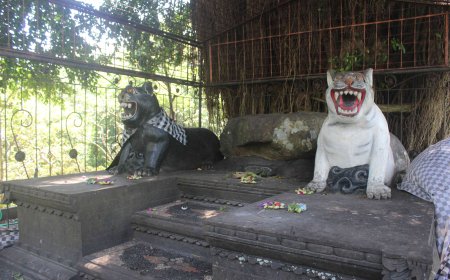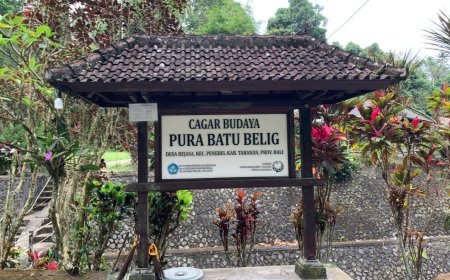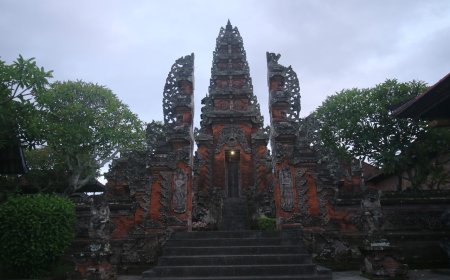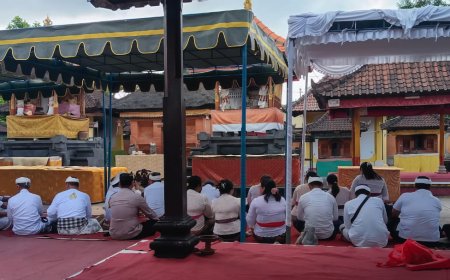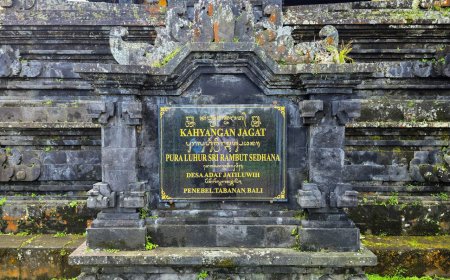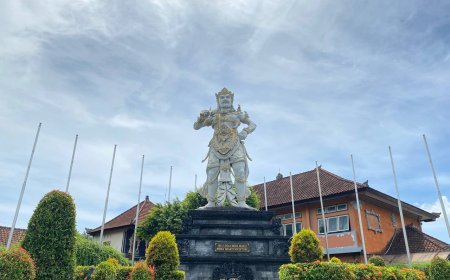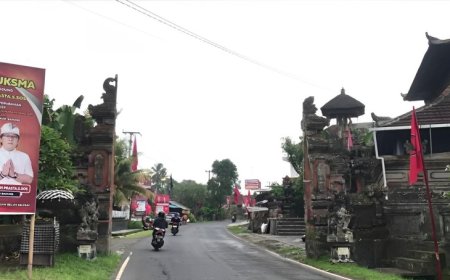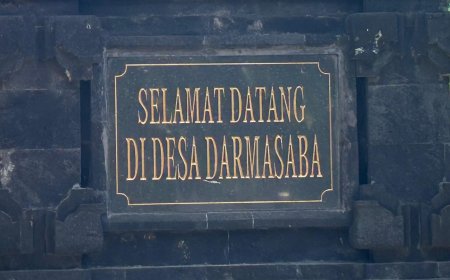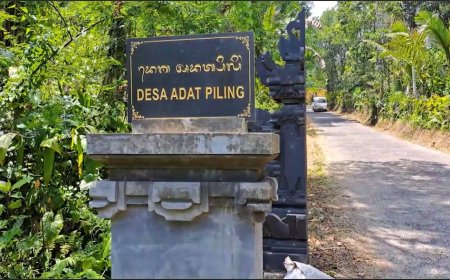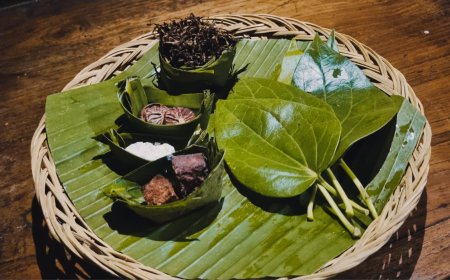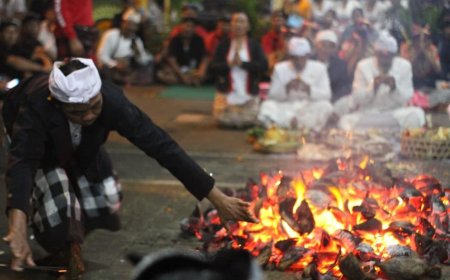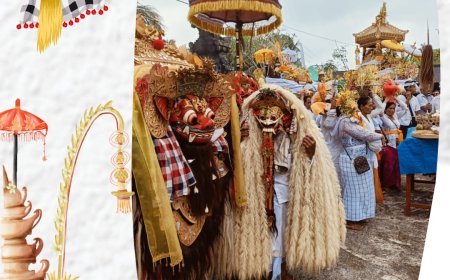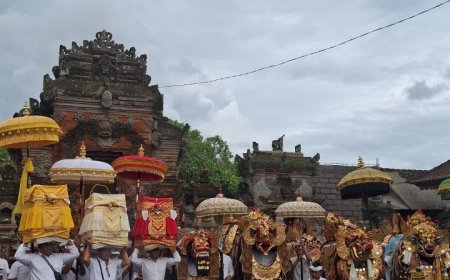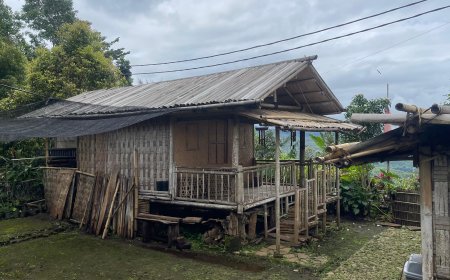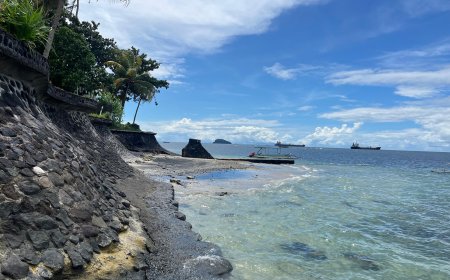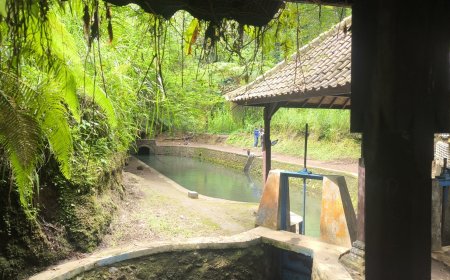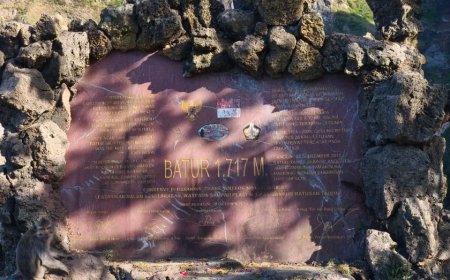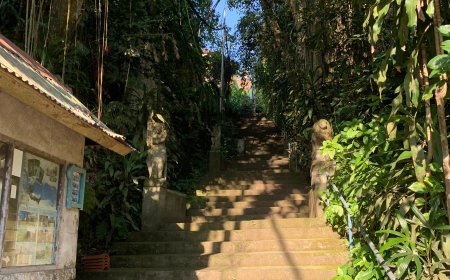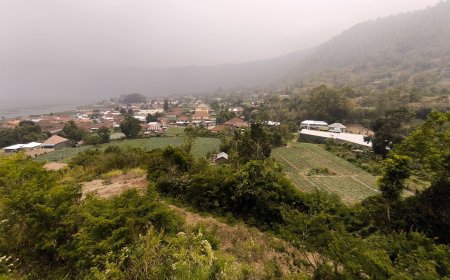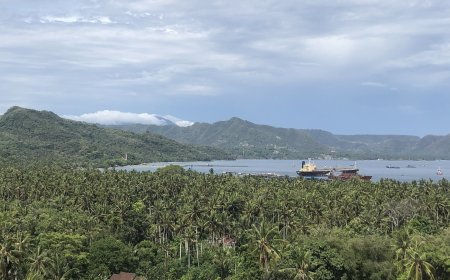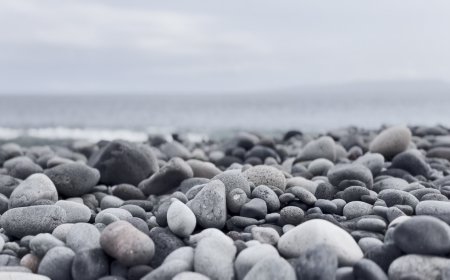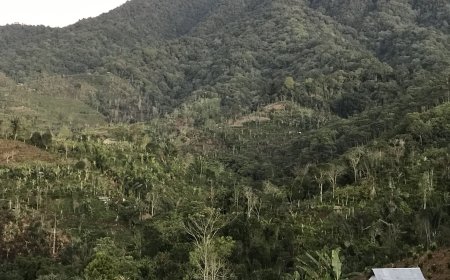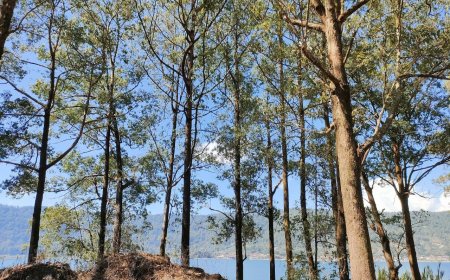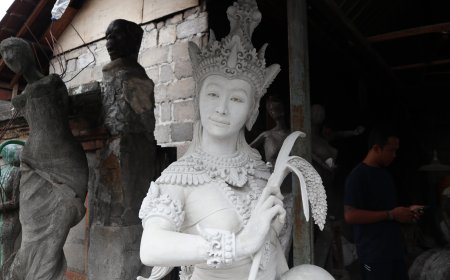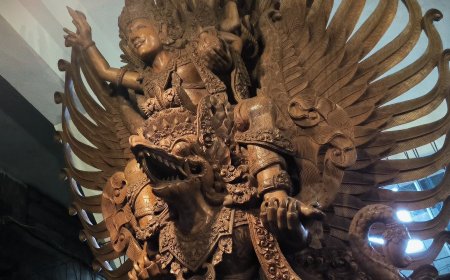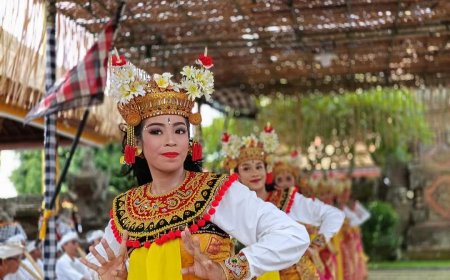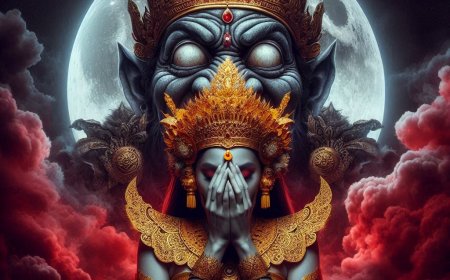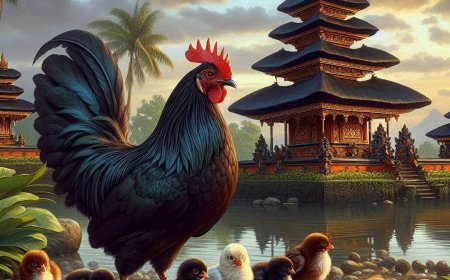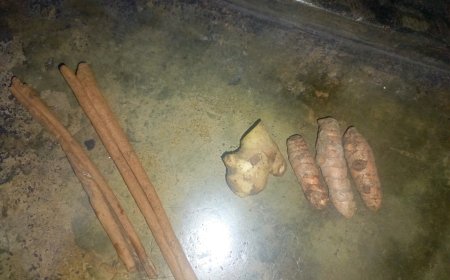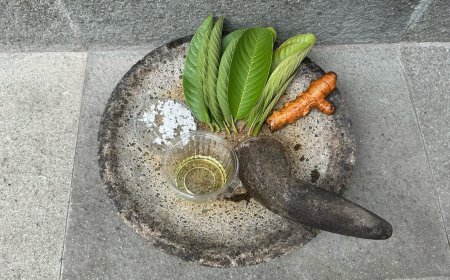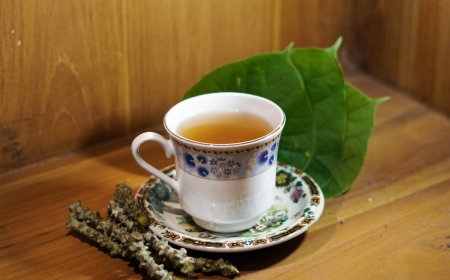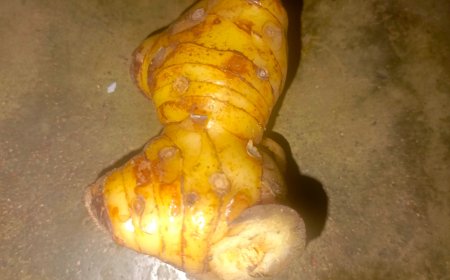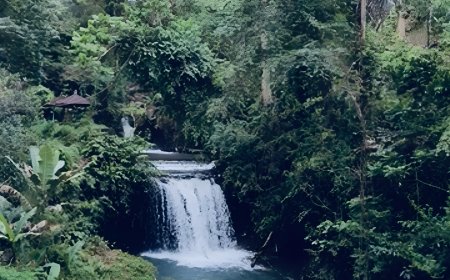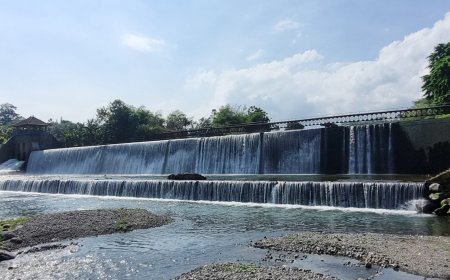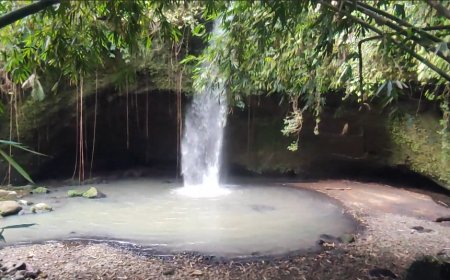Cleansing Ritual at Yeh Nu: Unveiling Hidden Purity in Bali's Lush Forest
Yeh Nu Waterfall, nestled within the lush forests of Subamia village, Tabanan Regency, Bali, is a place of captivating beauty. Beyond its scenic splendor, it serves as a sacred site for purification rituals known as "melukat."

Yeh Nu Waterfall is a hidden paradise nestled amidst the lush forests of Subamia village, in the Tabanan regency of Bali. Its charm lies in the captivating beauty of its cascading waters and the refreshing coolness of the surrounding air.
Reaching this enchanting waterfall takes approximately 1 hour and 59 minutes from Jimbaran, according to Google Maps. However, if you happen to be in the Tabanan area, the journey is considerably shorter, ranging from 10 to 30 minutes. Keep in mind that these travel times are estimates and can vary depending on traffic conditions and road accessibility.
To reach Yeh Nu Waterfall in Subamia village, you can take the main road, Ir. Soekarno road. If you are coming from within Tabanan, Gajah Mada road will lead you to Jalan Subamia. As you enter othe Subamia area, you will be greeted by picturesque village scenery, with sprawling rice fields and local farmers going about their day. The waterfall is tucked away on a small lane branching off from Jalan Riang, just after you pass Jalan Subamia.
Access to the waterfall is primarily on foot, by bicycle, or by motorbike. The narrow path leading to Yeh Nu Waterfall restricts the passage of larger vehicles like cars. Moreover, during rainy weather, caution is advised for all visitors due to slippery paths and moss growth along the edges.
Steep Path Leading to Yeh Nu Waterfall (Source: Private Collection)
After a scenic journey, you will finally arrive at the breathtaking Yeh Nu Waterfall. The waterfall is nestled in the heart of a lush forest, enveloped in a blanket of refreshing air. Adding to its allure, the waterfall boasts two powerful streams that cascade down with mesmerizing force.
Parking is available near the entrance, but the space can be limited during peak hours. There is no parking fee as there are typically no attendants present on regular days. Two tiger statues flank the entrance gate, guarding the path to the waterfall. These statues symbolize protection, warding off evil spirits that may try to harm visitors or the sanctity of the site.
Parking Area at Yeh Nu Waterfall (Source: Private Collection)
To reach the waterfall itself, you must descend a flight of stairs that wind through the trees. Be cautious as you navigate the path, as the rocks and fallen leaves can be slippery. As you get closer, the full force of the waterfall and its refreshing spray will invigorate your senses. The water itself is pristine, though not recommended for drinking due to potential contamination from the soil. However, it's perfectly safe for rinsing off any mud you might encounter along the way.
An iron bridge near the waterfall provides an excellent vantage point for photos and videos. It also serves as a passage to a nearby purification area. While generally well-maintained, the bridge can become slippery during rainfall, so tread carefully.
Iron Bridge at Yeh Nu Waterfall (Source: Private Collection)
Adding to the spiritual significance of the site, you'll find a temple called Pura Keloncong near the waterfall. This temple is particularly popular during major Hindu holidays like Galungan and Kuningan, where locals gather to pray for prosperity and offer their devotions.
Luhur Dalem Kloncong Temple (Source: Private Collection)
Adjacent to the temple is a purification area where people seek relief from spiritual ailments, such as black magic or other negative energies. This area features five water spouts – two for bathing, two for soaking, and one specifically designated for purification rituals. One particular spout, adorned with a small drum, white and black cloth, and three statues, is used specifically for addressing spiritual ailments. Access to this sacred space is restricted to priests and those seeking purification.
A Designated Purification Area at Yeh Nu Waterfall (Source: Private Collection)
During my visit, I encountered children bathing in the pools fed by the water spouts. They told me they were from nearby villages and were visiting Yeh Nu Waterfall for the first time.
After a memorable experience exploring Yeh Nu Waterfall, I made my way to a friend's house in Subamia village for a brief rest before returning safely to Jimbaran.
